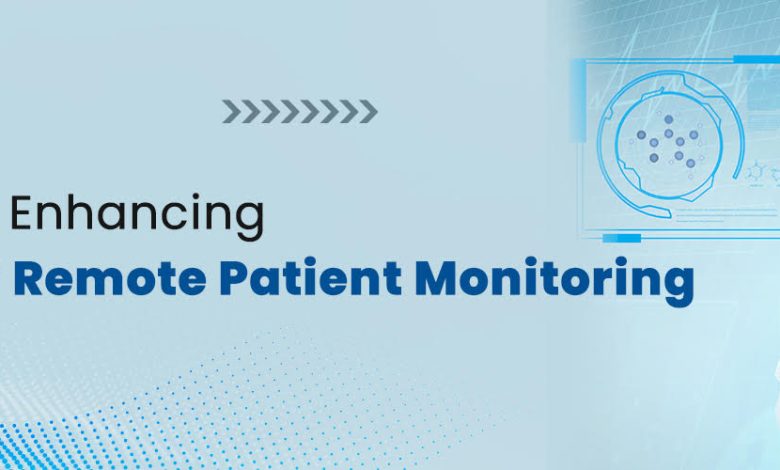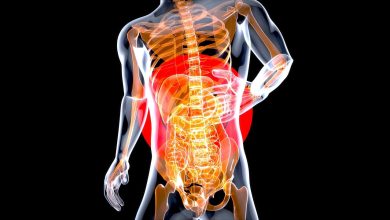The Role of AI in Enhancing the Accuracy of Remote Patient Monitoring

Artificial intelligence and remote patient monitoring are a match made in heaven. On its own, while still effective, the heights that remote patient monitoring can reach are incomparable to its success and capabilities when infused with the power of AI. Companies such as Techindia are already matching the best of both worlds. Their technology will provide the blueprint today as we discuss the functions of AI, particularly as pertains to RPM accuracy. Additionally, we’ll also be taking a closer look at how AI is improving remote patient monitoring services elsewhere as we deep dive into the intelligent revolution in RPM. Let’s get started.
-
AI Platform- Classification assistance to finetune ECG accuracy
Machine learning and deep learning networks have been deployed across many healthcare niches. Essentially, these algorithms train on several datasets, learn from them, and are therefore able to guide or offer hints in terms of diagnostic processes or procedures.
One such great example of that in action is the AI platform. At the core of Techindia’s remote heart monitoring service, it is built to help technicians when it comes to the interpretation of ECGs and eventually diagnosing various types of arrythmias.
Working more like a personal assistant for ECG techs rather than a substitute, this arrhythmia classification engine is built to provide arrhythmia hints that help the former to come to more accurate decisions. Here’s how AI platform works to ensure precision and accuracy scores of 95% and 98% respectively:
- Imploring DL techniques and convolutional neural networks to predict arrythmias
- Accuracy is also refined, with the algorithm having trained more than 1,000,000 data sets, compiled from the work of American CCT/CRAT techs
- The algorithm also utilizes computer vision as a second layer of authentication
- Noise filtering to further preserve the integrity of data
Overall, AI platform is built to help with the identification and confirmation of about 21 types of arrhythmia. It is a prime example of how artificial intelligence is working to improve the accuracy of the remote heart monitoring service.
-
Intelligent automation to minimize human error
Let’s face it. Monitoring patients, particularly over the long term, involves many repetitive tasks, more so around collecting and managing the data and then deriving insights from them. When these workflows become too much to bear, doctor fatigue can take root, which studies find can increase the probability of a physician making an error by 200%.
That’s where intelligent RPM automation becomes crucial. Most such technologies can take over a variety of day-to-day clinical workflow tasks, some of which include:
- EHR patient transfers
- Admissions
- Billing and more
Such administrative tasks can add to burnout, and by taking over some of these, AI-driven RPM provides reprieve for doctors, who in turn enjoy improved focus and concentration. Thus, they are less likely to make diagnostic or medical errors at large.
-
AI is creating paperless & accurate RPM workflows
For care facilities still reliant upon a paper-based workflow, there are more challenges to deal with that compromise data integrity compared to more digital workflows. Paper health records prove a familiarity for many practitioners, but clinging to these can slow down both speed and accuracy. Here’s how:
- Poor patient trail: For patients with complex or chronic illnesses, it can be difficult to get the complete picture when it comes to patient histories
- Security risks: Additionally, data can easily be stolen or manipulated without authorization which can further affect test integrity
- Poor searchability: Data can easily slip into silos and thus physicians can miss important insight from that data
To combat these and more challenges that have long afflicted traditional patient monitoring solutions, facilities are beginning to tap into AI-driven RPM. For example, Techindia offers the revolutionary MyBeat CRM. This supports AI-assisted annotation when it comes to ECGs, which improves turnaround time as well as accuracy. In other words, it streamlines record management to ensure reliable data to work with in the first place.
What’s more, MyBeat CRM provides a simple user interface that beats complex traditional CRM solutions, making data upload and cardiac device incorporation simple. Additionally, the platform can also capture data from various devices and create a more unified solution, which is always a good thing as far as RPM accuracy is concerned.
-
Intelligent real-time analytics to enable real-time charting
The absence of real-time data analytics in any clinical workflow can certainly have dire consequences. Physicians can miss out on an accurate assessment of the patient while care coordination can also suffer as well.
Artificial intelligence analytics is imbuing conventional remote patient monitoring services with real-time or near-real-time analytical capabilities. Consequently, it’s becoming possible for healthcare facilities to implement real-time charting, which affords the following benefits:
- Timely diagnostic resolution
- More accurate decision making
- Better care coordination, and much more.
Accuracy, in particular, improves due to the minimized possibility of human error that comes with considering real-time analytics over historical data.
-
AI is reducing conditions favoring RPM human error
Over a-quarter-of-a-million fatalities around the globe are down to medical errors, accounting for the 3rd highest cause of death across America. Human error, while rare, can occur during ECG assessments. Technicians’ analysis of data and imagery can vary due to various unique factors in the workflow, inevitably leading to inconsistencies that derail accuracy.
Some of the conditions that set the stage for human error (which artificial intelligence can remedy) include:
- Poor flow of information, with patients often cut off from important care data. In fact, just 4 in 10 discharged patients understand their diagnosis
- Improper and inadequate patient identification and education of patients
- Technical failure of equipment that could cut off the data continuum or cause gaps in real-time monitoring that lead to faults
Cloud-based RPM-driven solutions can create intelligent data pipelines that appropriately identify patients, with cloud computing technologies ensuring round-the-clock data access and immunity to some of these challenges.
Conclusion
Artificial intelligence has become an invaluable component of remote patient monitoring services. Machine learning and computer vision, in particular, are guiding technicians to more accurate outcomes, and they are bound to keep on taking increasing roles in RPM. From facilitating communication and providing real-time analytics and so much more, AI is at the core of everything good about remote patient monitoring. To learn more about AI-driven RPM or enlisting its medical service available for the benefit of your facility, be sure to turn to Techindia today.




